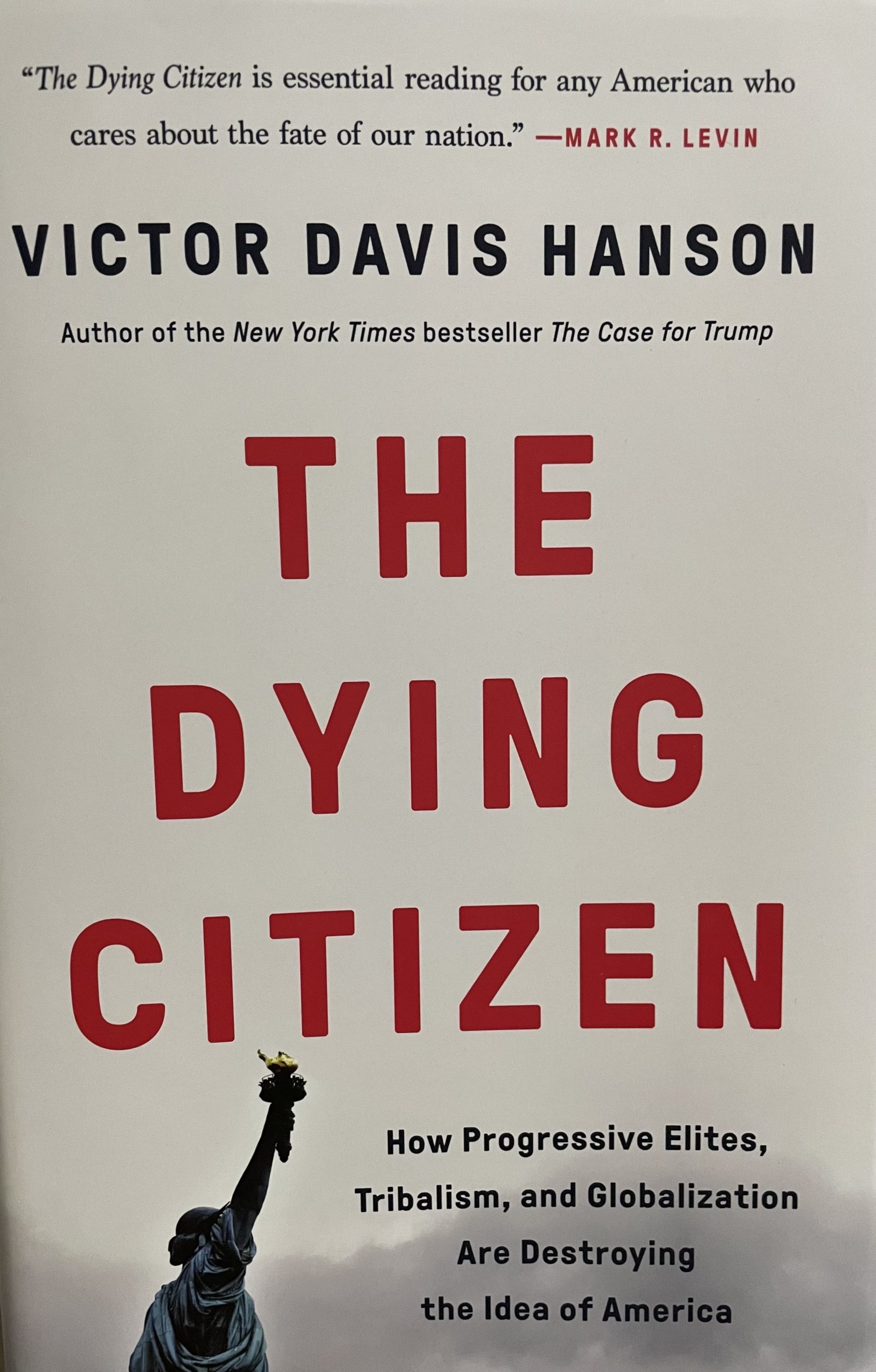Some have offered up universal pre-kindgergarten as a solution for America’s educational woes, but CATO scholar Adam Schaeffer argues that the educational “benefits” of government-sponsored pre-k would be transitory at best.
“The evidence suggests that the benefits of preschool are limited primarily to low-income children and are likely transitory,” argued Schaeffer in an August CATO Policy Analysis entitled, “The Poverty of Preschool Promises.”
In the analysis, Schaeffer examined the three main studies which pre-k supporters cite as evidence that pre-kindergarten provides long-term academic benefits: “the High/Scope Perry Preschool Project, the Carolina Abecedarian Project, and the Chicago Child-Parent Centers.”
The High/Scope study had an “unusual sample of 58 low-income children with IQs between 70 and 85 compared with a control group of 65 other children,” was “not completely” randomized, had parents home during the day, and its results are statistically significant at “the 90 percent confidence interval rather than the more stringent 95 percent confidence level typically used in this kind of research,” critiqued Schaeffer. He also accused High/Scope researchers of “cherry-pick[ing]” results “by highlighting the small percentage of significant findings while largely ignoring the vast majority of null findings on an array of other dependent variables that were similar or even equivalent.”
In a summary for the 2005 study, “The High/Scope Perry Preschool Study Through Age 40,” Dr. Lawrence J. Schweinhart, President of the High/Scope Educational Research Foundation, asserted that “Because of the random assignment strategy, children’s preschool experience remains the best explanation for the subsequent group differences in their performance over the years.” Later, in answer to the question, “Don’t the departures from random assignment challenge the internal validity of the findings?” Dr. Schweinhart explained that the researchers had “adjusted for seven background covariates” and “analyzed major outcomes using classes as covariates.” “The findings for the major outcomes were the same regardless of which of these analyses were used,” he wrote.
In response to the question whether sample size was “too small to generate scientific confidence in the findings,” Dr. Schweinhart responded that “If the High/Scope study sample were truly too small, none of its findings would have achieved statistical significance, and it would never have become influential.”
As Accuracy in Academia has repeatedly demonstrated, accepted academic or political concepts need not necessarily correspond with factual accuracy, as can be found in the legacies of Rachel Carson, misperceptions of the Abraham Lincoln Brigade, as well as the health care and global warming debates and other topics.
In his study, Schaeffer promoted the Early Education Tax Credit Act, which would allow “individual and corporate taxpayers to claim credits for direct payment of educational expenses and for contributions to scholarship organizations serving lower-income families.”
He also criticized the aforementioned triumvirate of studies as not demonstrating of whether government-run pre-k would enhance educational attainment because they
• utilized enhanced parental involvement or home visits (High/Scope, Chicago Child-Parent Center Program),
• included non-academic components such as “free medical care, dietary supplements, and social service support for their families.” (Abecedarian Project, qtd),
• and these programs utilized “weak research designs” with methodological problems and/or improperly extrapolated results (all three studies).
In his policy briefing Schaeffer pointed to Georgia and Oklahoma as examples of real-world “long-running, fully implemented, universal preschool programs that proponents consider to be high quality” and compared this policy accomplishment with these states’ educational progress (or lack thereof).
“Georgia’s achievement scores on the National Assessment of Educational Progress…have consistently tracked below the national average in math and reading in the fourth grade before, during and after the state massively expanded access to, enrollment in, and spending on its universal preschool program,” he wrote.
“Oklahoma, where state-funded and largely government-provided preschool has been open to low-income children for 18 years and all children for almost a decade, has slipped below the national average on math and reading scores for the fourth grade since it began expanding its government preschool program in the 1990s,” wrote Schaeffer. (Average reading scores among 9-year-olds increased from 209 to 220 between 1990 and 2008; average math scores for this age group increased from 230 in 1990 to 243 in 2008).
It is important to note that average reading and math NAEP scores among students nearly finished with high school have remained steady since the 1970s. Average reading scores among 17-year-olds are “not significantly different from that in 1971” when the test first began, according to the recently released 2008 Nation’s Report Card. Average reading scores for this age group were 285 in 1971 and 286 in 2008. In 1971 average math scores among 17-year-olds were 304, and nearly the same (306) in 2008.
Bethany Stotts is a staff writer at Accuracy in Academia.











